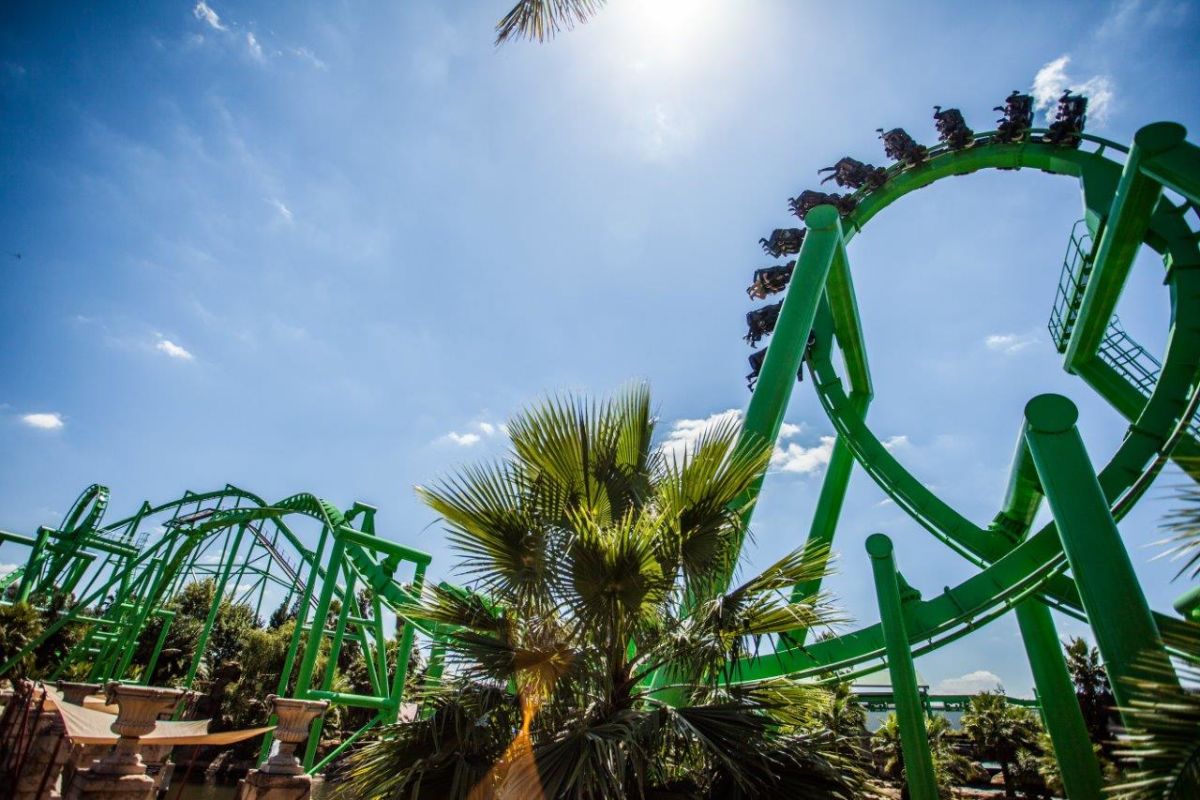How Johannesburg North Attractions can Save You Time, Stress, and Money.
Table of ContentsThe Ultimate Guide To Johannesburg North AttractionsWhat Does Johannesburg North Attractions Do?Top Guidelines Of Johannesburg North AttractionsJohannesburg North Attractions Can Be Fun For EveryoneThe Of Johannesburg North Attractions3 Simple Techniques For Johannesburg North Attractions
The city owes its place to the existence of a a lot more precious source: gold. The city expanded on the side of the Witwatersrand Main Coral reef, a below ground stratum of gold-bearing quartz-silica corporation that arcs for numerous miles below the Highveld. Many of the gold mines in the city discontinued procedure in the 1970s, however in its day the Witwatersrand gold market accounted for greater than 40 percent of the globe's yearly gold manufacturing.Johannesburg has a warm climate. Summer temperature levels average concerning 75 F (24 C); wintertime temperatures average concerning 55 F (13 C) and only periodically dip below freezing. The city enjoys regarding eight hours of sunshine per day in both winter months and summertime. Rainfall averages concerning 28 inches (700 millimetres) per annum, yet the total differs considerably from year to year.
What rain the city receives falls virtually solely in the summer season months, typically in magnificent late-afternoon electric tornados., where several residents still rely on coal for fuel.

Rumored Buzz on Johannesburg North Attractions
The equilibrium of the city is inhabited by whites. Lodging differs in character and top quality. Soweto is well-known for its endless rows of municipally developed, two-room matchbox homes, yet it likewise has a couple of prosperous enclaves in addition to bristling squatter camps, where tens of thousands live without water, electrical power, or cleanliness centers.
Physical growth, although somewhat limited by transportation, continued rapidly as immigration to South Africa, and Johannesburg in specific, increased dramatically.
Many poor suburbs were combined, with bad blacks and whites cohabiting, although the rich suburbs were usually reserved for whites. This transformed with the political election of the National Celebration in the 1948 elections, who began to formalise the system recognized as discrimination. Apartheid officially assigned which suburbs each race could stay in under the Team Areas Act.
The approximated population of the area is 200,000, [] but the number of individuals staying in the central city on a casual basis is unknown, as lots of are unlawful immigrants. Many higher-income residents and white people have actually relocated to the northern residential areas and have been changed by lower-income black individuals. The unemployment, education and learning, and age accounts of the area are all unknown, as a result of the difficulty of getting reputable details about the area.
All about Johannesburg North Attractions
Yeoville and Bellevue have a mix of house buildings and solitary property systems on small lots. The region lies on a mountainous divide that ranges from east to west. The most obvious geographical function is Observatory Ridge, which is named for the large observatory situated on it. The leisure areas are no more used, as a result of safety issues.

Some Ideas on Johannesburg North Attractions You Need To Know
R. Tambo International Flight Terminal). The eastern suburbs are some of the earliest areas of Johannesburg, there are large areas of Jewish and various other European backgrounds, the majority of the populace is English talking. There are three like it fairway as well as a number of protected ridges with viewsites. There are numerous well-developed and up-market home entertainment and shopping locations in the east such as the Eastgate Shopping Center and the Greenstone mall.
Initially constructed to house male migrant workers, lots of have actually been improved as houses for couples and households. The suburb was not historically permitted to create employment centres within the area, so virtually all of its homeowners are commuters to other parts of the city.
What Does Johannesburg North Attractions Do?
The N1 Western Bypass attaches the northern suburbs with the north-western residential areas. The suburbs in the north residential areas are mostly official, without substantial locations of casual housing, or housing that does not have an irreversible framework. This is a well-known location, there is a pattern of land use adjustment from property to business, particularly along primary arterial roads and around moved here well established nodes.
Roads to the eastern and west are less well created, as there are no highways travelling in that direction. Towards the northern border of the city, the density of growth reduces, leaving huge areas of primitive land around Midrand.
4 Easy Facts About Johannesburg North Attractions Explained
, which is located on a hillside overlooking the inner city and Hillbrow.